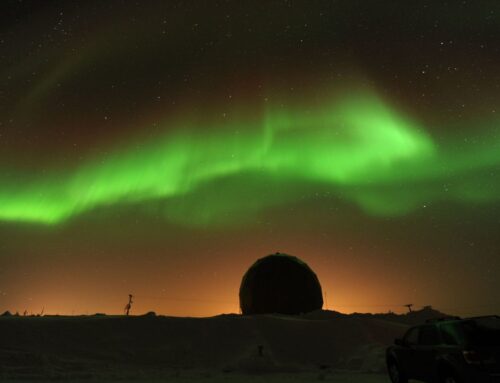With space initiatives reaching further into the unknown than ever before – and with industry entities evolving and scaling to previously unfathomable new heights – planetary imaging has arguably never been more important, informing our ability to map, understand, and better access distant planets and other celestial bodies. In recent decades, the space industry has experienced a variety of crucial breakthroughs and advancements that have pushed this vital technology forward.
These milestones include:
Europa Clipper Images
The Europa Clipper mission’s recent images are redefining our understanding of Jupiter’s icy moon. With unprecedented resolution and detail, these images illuminate Europa’s surface features, such as ridges and cracks that hint at underlying oceanic activity. The mission’s advanced imaging instruments, particularly its infrared and high-resolution cameras, offer crucial insights into the moon’s composition, geology, and potential for life. By mapping Europa’s surface with pinpoint accuracy, scientists can refine models of its subsurface ocean and investigate the potential for microbial life. These images set the stage for future missions, laying the groundwork for deeper exploration into icy moons across the solar system.
Breakthroughs in Mars Research
Recent Mars research has brought a wealth of new data, particularly from the Perseverance rover, which has provided high-resolution images that refine our understanding of the planet’s geological history. Images of the Jezero Crater, where Perseverance is collecting samples, show evidence of ancient river deltas and lake beds, hinting at past microbial life. These breakthroughs, combined with spectral imaging techniques, have helped scientists determine the mineral composition of Martian rocks with unprecedented accuracy. As these findings evolve, they are refining hypotheses about Mars’ habitability and preparing the groundwork for human exploration by identifying potential resources and hazards on the surface.
James Webb Telescope Innovations
Few space imagining breakthroughs compare to the James Webb Space Telescope (JWST), which has revolutionized planetary observation in numerous ways. With its advanced infrared capabilities, JWST is capturing images that reveal previously hidden layers of the universe, such as star and exoplanet composition. JWST’s imaging precision allows scientists to analyze the atmospheric conditions of exoplanets, detecting potential signs of habitability or even life. These findings mark a paradigm shift in planetary imaging, as JWST’s data continues to inform research on the origins of the universe and the conditions necessary for life beyond Earth.
Advancements in CubeSat Imaging
CubeSat technology is playing a pivotal role in planetary imaging, democratizing access to space exploration. Recent advancements in CubeSat design have significantly improved their imaging capabilities, allowing these compact satellites to deliver high-resolution planetary data. Despite their small size and lower cost, CubeSats are proving invaluable for planetary missions, offering flexibility and rapid deployment not possible with larger spacecraft. Their ability to capture images of distant bodies, such as asteroids and moons, at a fraction of the cost of traditional space missions has made them an indispensable tool in expanding our knowledge of the solar system and beyond.
Moving forward, these breakthroughs will remain a crucial reference point for planetary imaging technology’s continued advancement, powering the space industry’s capabilities beyond its existing constraints and into a trove of unprecedented discoveries.






